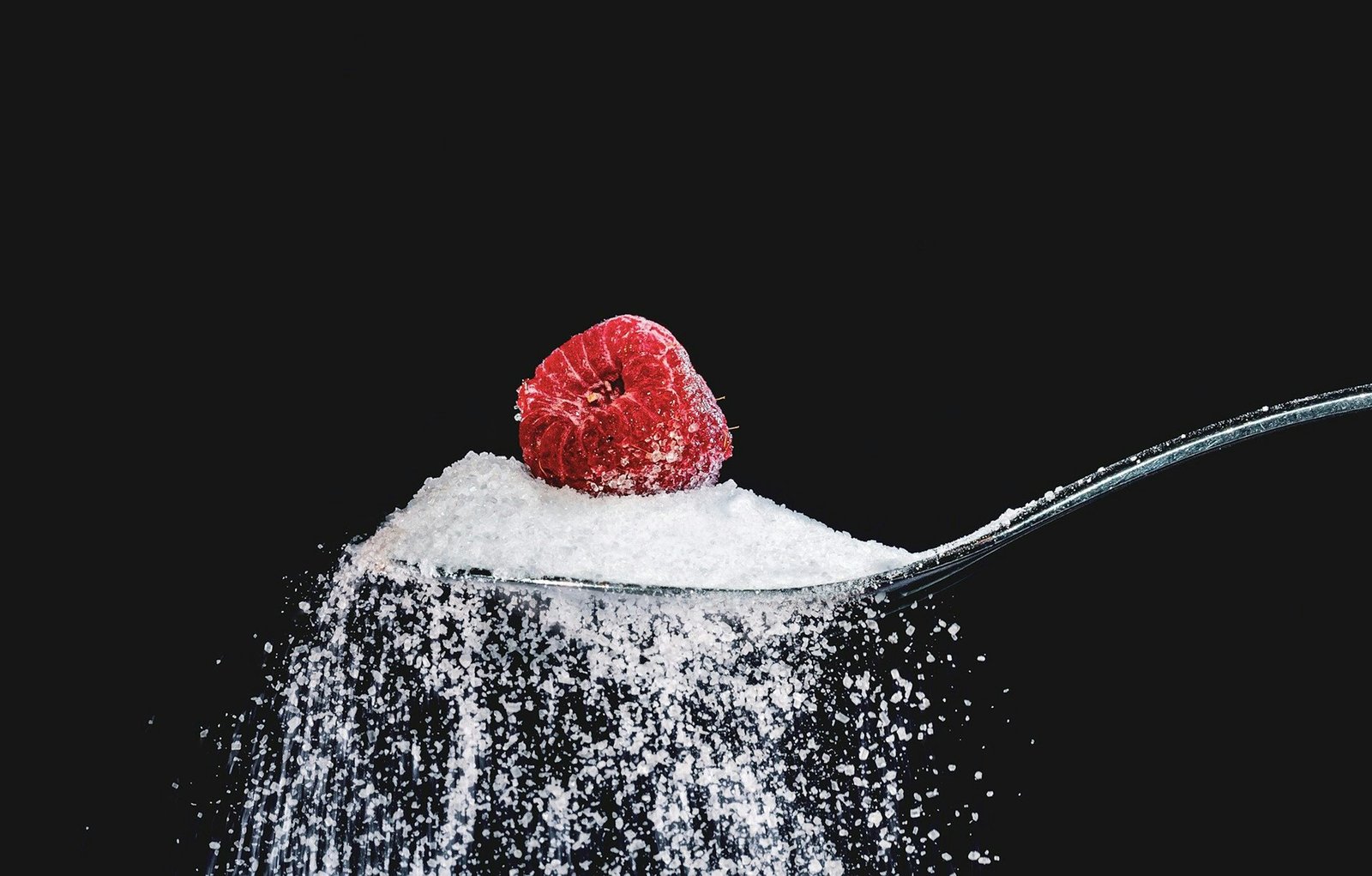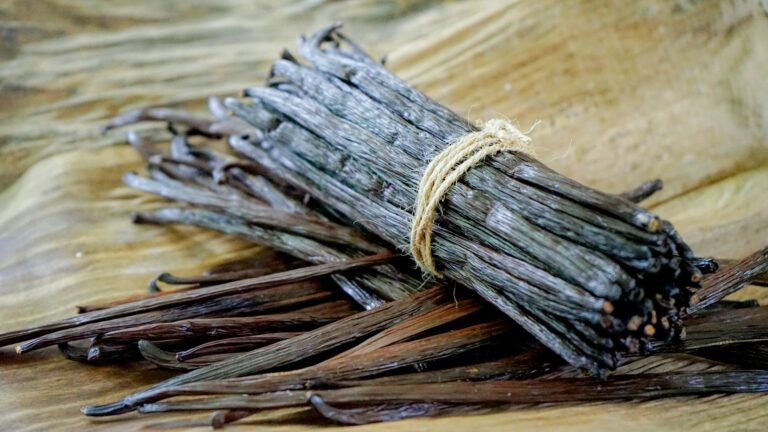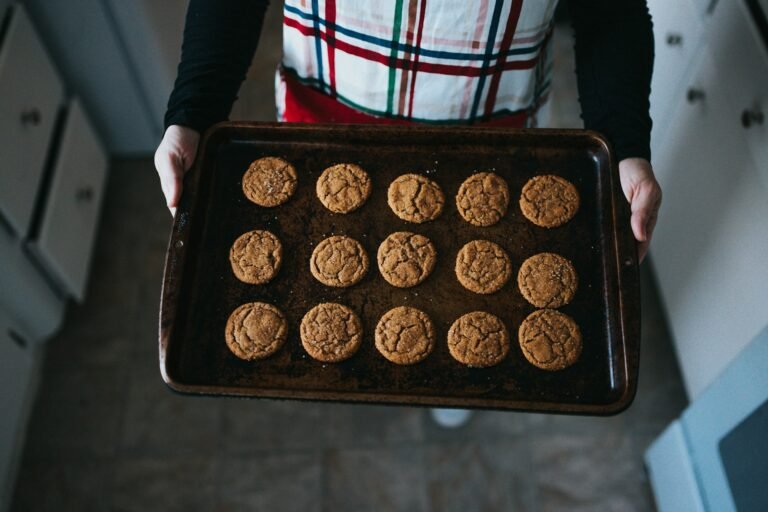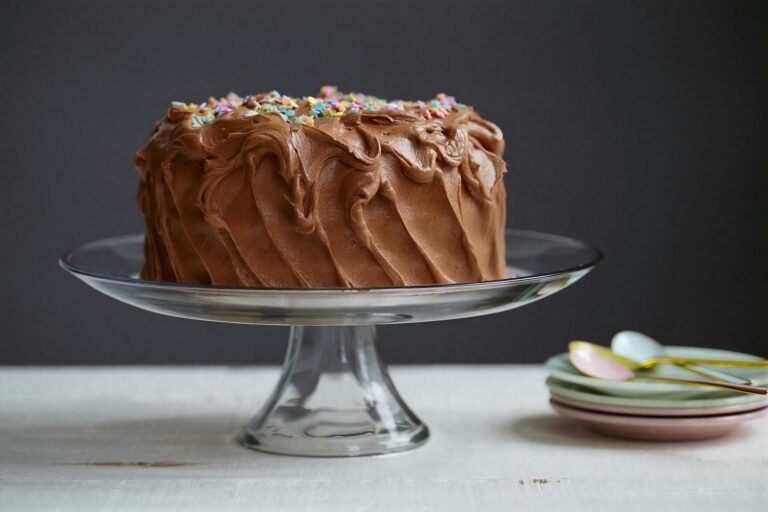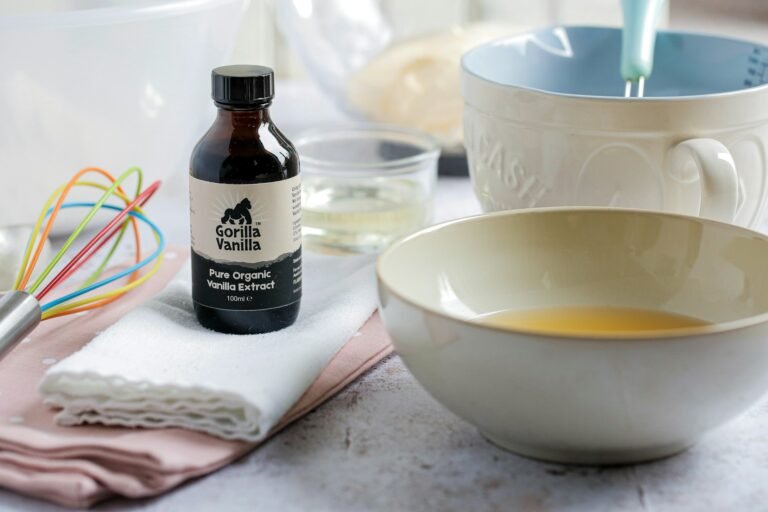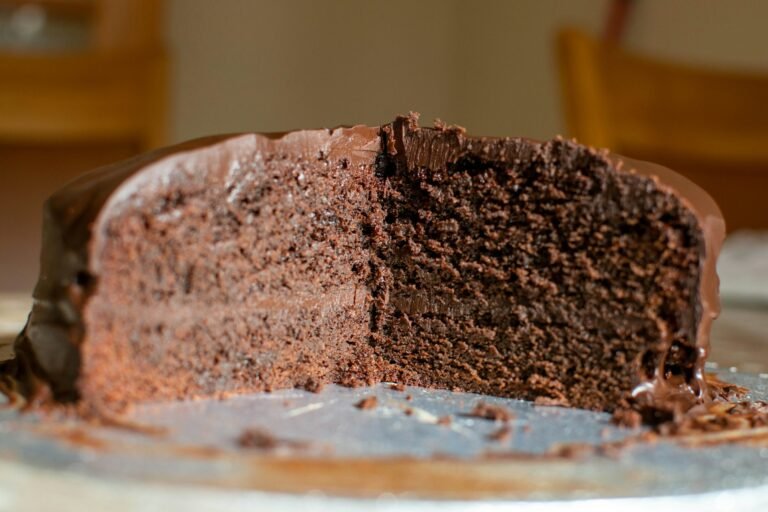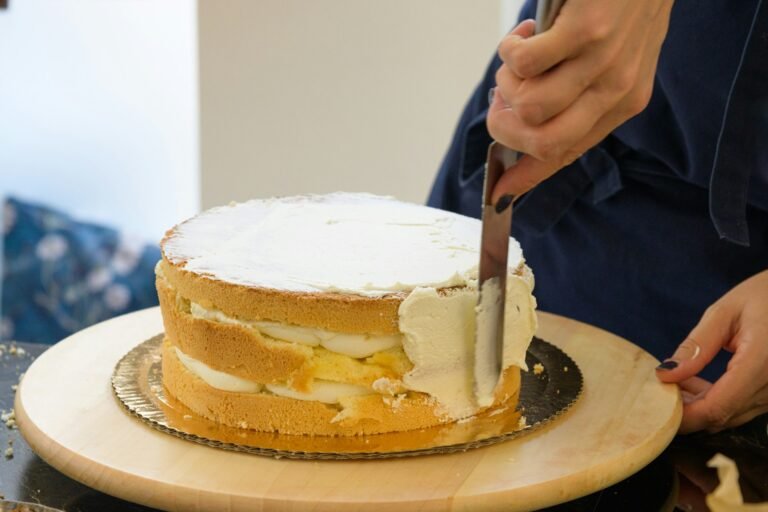The Best Sugar Alternatives for Baking (That Won’t Wreck Your Cookies)
So, you wanna ditch sugar but still bake like a boss? Respect. Whether you’re cutting back for health reasons, trying to reduce the sugar crash spiral, or you just like experimenting in the kitchen, there are plenty of sweet alternatives that won’t leave your muffins tasting like cardboard sadness.
But here’s the thing: not all sugar swaps are created equal. Some melt beautifully, some taste like regret, and some—well—some belong in your tea, not your brownies.
Let’s break down the best sugar alternatives for baking, when to use them, what they taste like, and whether they play nice with your oven.
1. Maple Syrup: The Sweet OG from Trees

You’ve probably drowned your pancakes in it, but did you know maple syrup is a legit sugar substitute in baking?
Why it rocks:
- Made from actual tree sap (how cool is that?).
- Lower glycemic index than regular sugar.
- Adds a rich, caramel-like flavor that’s amazing in cookies, cakes, and even granola.
How to use it:
Substitute ¾ cup of maple syrup for every 1 cup of sugar.
Reduce liquid in your recipe by 3 tablespoons to balance the extra moisture.
FYI: Don’t use cheap pancake syrup. That’s just corn syrup in disguise. Go for the real, dark amber stuff.
2. Honey: Sticky, Sweet, and Surprisingly Powerful

Nature’s OG sweetener. Honey’s been around since ancient Egypt, so you know it’s doing something right.
Why it’s awesome:
- Naturally antibacterial (not that your cookies care, but still cool).
- Sweeter than sugar, so you can use less.
- Adds a warm, floral depth to baked goods.
How to use it:
Use ½ to ¾ cup honey for every 1 cup sugar, depending on how sweet you want it.
Reduce other liquids by 2–4 tablespoons, and maybe drop the oven temp by 25°F. Honey browns fast.
Pro Tip: Don’t give honey to babies under 1 year old. Everyone else? Go wild.
3. Coconut Sugar: The Hipster Sweetener That’s Actually Legit
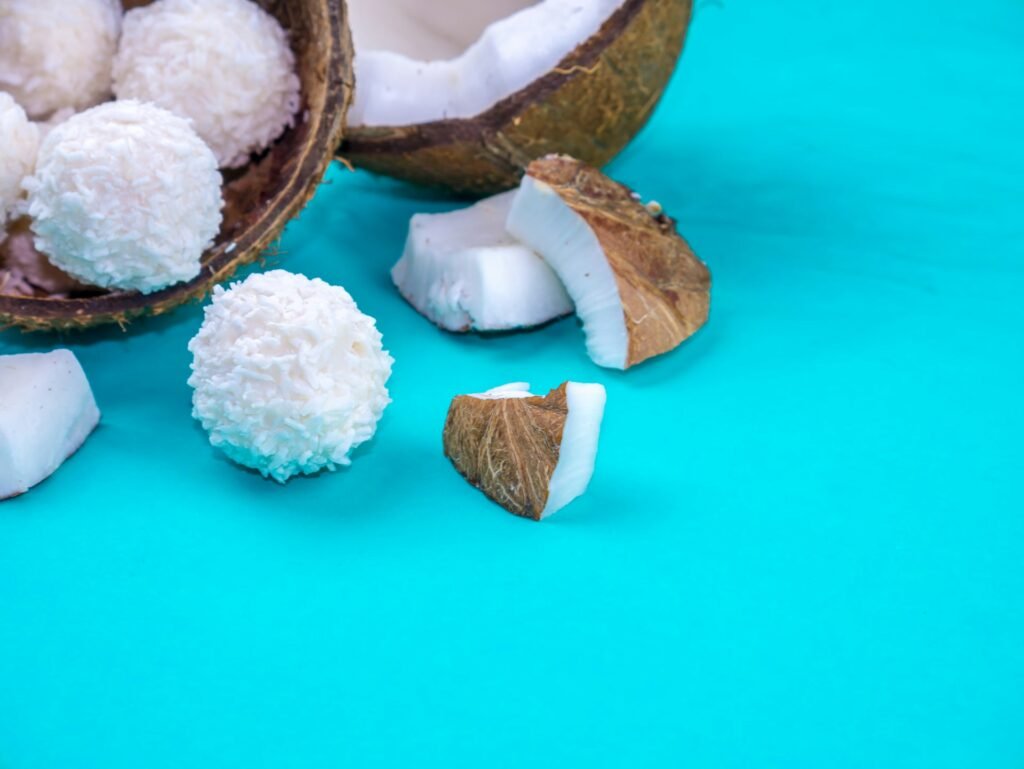
Coconut sugar comes from the sap of coconut palms—not actual coconuts—so no, your cookies won’t taste like sunscreen.
Why people love it:
- Low-glycemic and less refined.
- Subtle, brown sugar–like flavor that works great in baked goods.
- 1:1 swap with regular sugar? YES PLEASE.
Best in:
- Cookies
- Quick breads
- Anything that benefits from a caramel-y vibe
IMO, this is one of the easiest swaps. No math, no weird textures, no weird aftertaste. Just swap and bake.
4. Dates: Nature’s Candy (And Not Just for Instagram Smoothie Bowls)

Medjool dates are basically candy that grows on trees. And guess what? They’re fantastic in baking—especially when blended.
Why dates are sweet perfection:
- Packed with fiber and nutrients (take that, white sugar).
- Add chewiness and depth to your baking.
- You can make a date paste for recipes like brownies or muffins.
How to use:
Blend 1 cup pitted dates with ¼ cup hot water into a thick paste.
Use 1:1 in place of sugar, but expect some texture change.
Also, you’ll need to cut back on liquids slightly.
Works best in “moist” bakes—think banana bread, snack bars, or energy bites. Not ideal for airy cakes or crisp cookies.
5. Stevia: The Sweetener That’s Basically Magic (If Used Right)

Stevia comes from a leaf, not a lab—surprise! It’s plant-based, zero calorie, and about a bajillion times sweeter than sugar.
Pros:
- Diabetic-friendly.
- Zero calories.
- Doesn’t spike blood sugar.
Cons:
- It’s strong AF. Like, a pinch will do ya.
- Has a slight bitter or licorice aftertaste if overused.
How to use:
Use a stevia baking blend that’s measured for 1:1 swaps, or follow the brand’s guide if you’re using pure stevia extract.
IMO: Stevia shines in muffins, protein bars, or pancakes. Maybe not your showstopper birthday cake.
6. Monk Fruit Sweetener: The New Sweet Kid on the Block
Monk fruit sounds like something you’d find in a fantasy novel, but it’s real—and it’s kind of amazing.

Why it’s trending:
- Zero glycemic impact
- Zero calories
- Doesn’t raise blood sugar
- Usually mixed with erythritol for better texture and sweetness balance
Best in:
- Cakes
- Cupcakes
- Frostings (it’s smooth and blends like a dream)
How to use:
Most monk fruit sweetener blends are 1:1 sugar substitutes, but check the packaging. Some are more concentrated.
Bonus: It doesn’t leave that weird cooling effect like erythritol often does. Which is nice, unless you enjoy minty muffins. 😬
So… Which One Should You Actually Use?
Good question. It honestly depends on what you’re baking and what your vibe is.
Want rich flavor and a natural sweetener? Maple syrup or coconut sugar.
Trying to cut calories but still want your cake? Monk fruit or stevia.
Want chewy, wholesome goodness in your banana bread? Dates, all the way.
Just looking to swap without reworking your entire recipe? Coconut sugar is your new bestie.
TL;DR: There’s no one-size-fits-all answer. Try a few. Taste-test. Find what works for you (and your taste buds).
Quick Comparison Cheat Sheet 📝
| Sweetener | 1:1 Swap? | Calories? | Best For |
|---|---|---|---|
| Maple Syrup | No | Yes | Cookies, muffins |
| Honey | No | Yes | Breads, cakes, soft bakes |
| Coconut Sugar | Yes | Yes | All-purpose, easy swaps |
| Dates | No | Yes | Moist bakes, brownies |
| Stevia | No | No | Low-carb, protein treats |
| Monk Fruit | Yes* | No | Frosting, cakes, cupcakes |
*Check the brand for exact measurements.
Final Thoughts: Sweet, But Smarter
Cutting back on sugar doesn’t mean your baking has to be bland, dry, or sad. With the right sugar alternative, you can have your cake and eat it too (without the crash an hour later).
So go ahead—experiment a little. Your taste buds (and your energy levels) will thank you. And if something flops? Hey, that’s what banana smoothies are for. 😉

